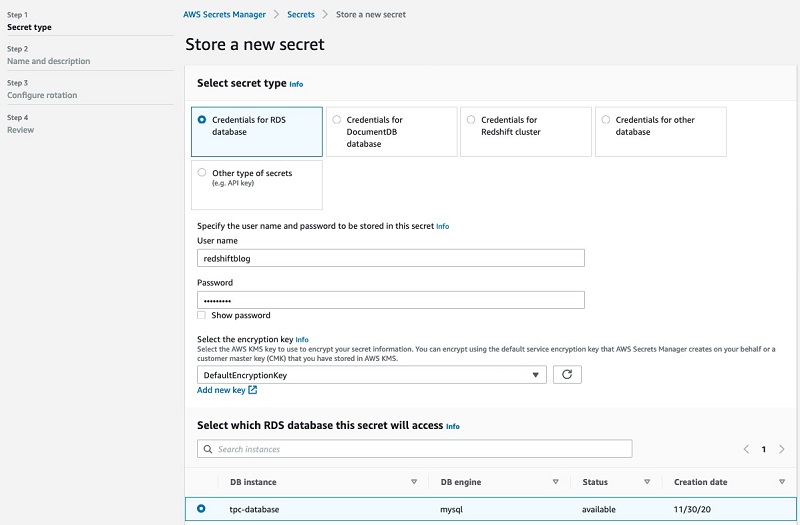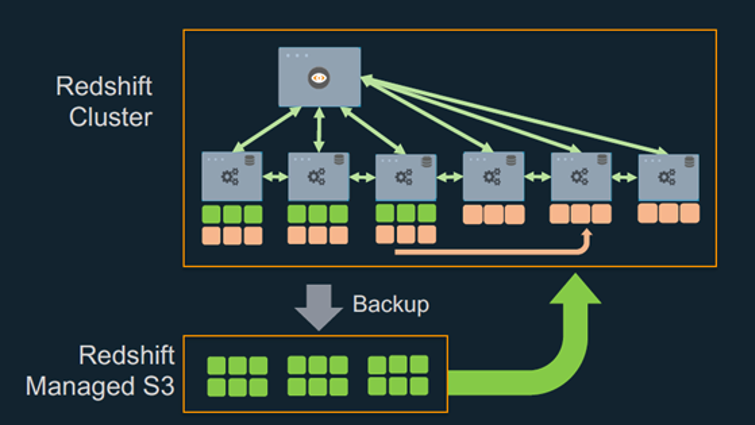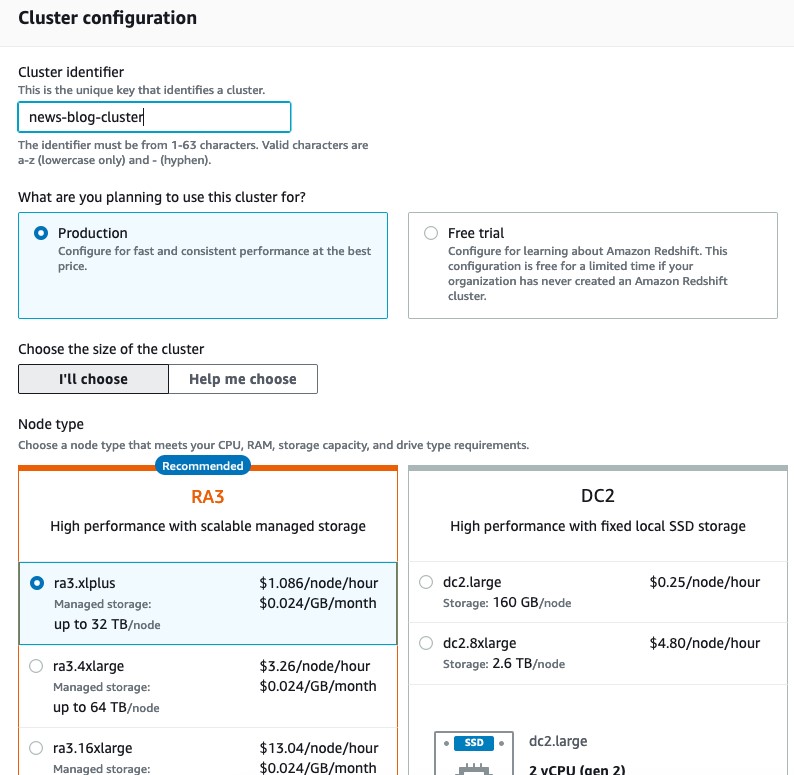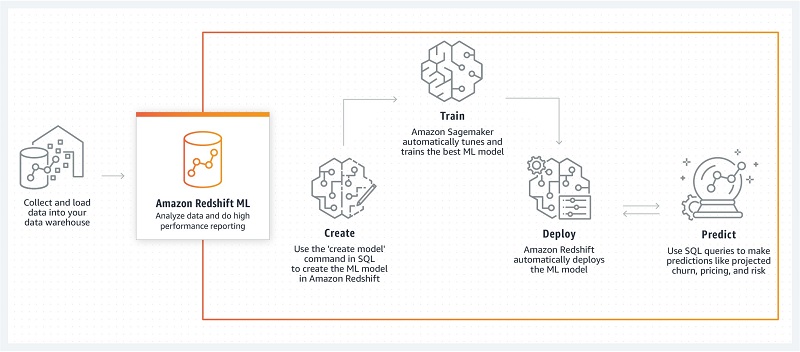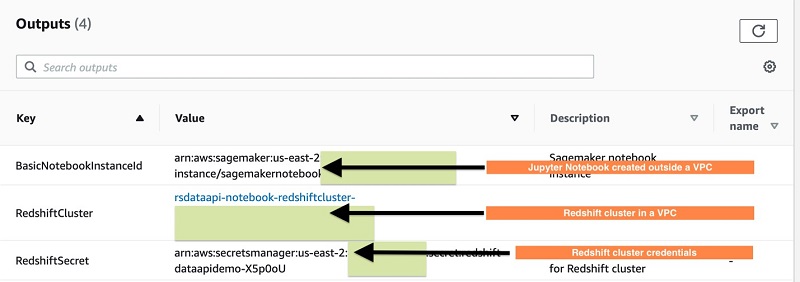AWS Big Data Blog
Category: Amazon Redshift
Sharing Amazon Redshift data securely across Amazon Redshift clusters for workload isolation
Amazon Redshift data sharing allows for a secure and easy way to share live data for read purposes across Amazon Redshift clusters. Amazon Redshift is a fast, fully managed cloud data warehouse that makes it simple and cost-effective to analyze all your data using standard SQL and your existing business intelligence (BI) tools. It allows […]
Announcing Amazon Redshift federated querying to Amazon Aurora MySQL and Amazon RDS for MySQL
Since we launched Amazon Redshift as a cloud data warehouse service more than seven years ago, tens of thousands of customers have built analytics workloads using it. We’re always listening to your feedback and, in April 2020, we announced general availability for federated querying to Amazon Aurora PostgreSQL and Amazon Relational Database Service (Amazon RDS) […]
Building high-quality benchmark tests for Amazon Redshift using SQLWorkbench and psql
In the introductory post of this series, we discussed benchmarking benefits and best practices common across different open-source benchmarking tools. In this post, we discuss benchmarking Amazon Redshift with the SQLWorkbench and psql open-source tools. Let’s first start with a quick review of the introductory installment. When you use Amazon Redshift to scale compute and […]
Getting the most out of your analytics stack with Amazon Redshift
Analytics environments today have seen an exponential growth in the volume of data being stored. In addition, analytics use cases have expanded, and data users want access to all their data as soon as possible. The challenge for IT organizations is how to scale your infrastructure, manage performance, and optimize for cost while meeting these […]
Introducing Amazon Redshift RA3.xlplus nodes with managed storage
Since we launched Amazon Redshift as a cloud data warehouse service more than seven years ago, tens of thousands of customers have built analytics workloads using it. We’re always listening to your feedback and, in December 2019, we announced our third-generation RA3 node type to provide you the ability to scale and pay for compute […]
Announcing Amazon Redshift data sharing (preview)
Amazon Redshift is a fast, scalable, secure, and fully managed cloud data warehouse that makes it simple and cost-effective to analyze all your data using standard SQL. Amazon Redshift offers up to 3x better price performance than any other cloud data warehouse. Tens of thousands of customers use Amazon Redshift to process exabytes of data […]
Get up to 3x better price performance with Amazon Redshift than other cloud data warehouses
Since we announced Amazon Redshift in 2012, tens of thousands of customers have trusted us to deliver the performance and scale they need to gain business insights from their data. Amazon Redshift customers span all industries and sizes, from startups to Fortune 500 companies, and we work to deliver the best price performance for any use case. Earlier […]
Bringing machine learning to more builders through databases and analytics services
Machine learning (ML) is becoming more mainstream, but even with the increasing adoption, it’s still in its infancy. For ML to have the broad impact that we think it can have, it has to get easier to do and easier to apply. We launched Amazon SageMaker in 2017 to remove the challenges from each stage […]
Create, train, and deploy machine learning models in Amazon Redshift using SQL with Amazon Redshift ML
December 2022: Post was reviewed and updated to announce support of Prediction Probabilities for Classification problems using Amazon Redshift ML. Amazon Redshift is a fast, petabyte-scale cloud data warehouse data warehouse delivering the best price–performance. Tens of thousands of customers use Amazon Redshift to process exabytes of data every day to power their analytics workloads. […]
Using the Amazon Redshift Data API to interact from an Amazon SageMaker Jupyter notebook
June 2023: This post was reviewed for accuracy. The Amazon Redshift Data API makes it easy for any application written in Python, Go, Java, Node.JS, PHP, Ruby, and C++ to interact with Amazon Redshift. Traditionally, these applications use JDBC connectors to connect, send a query to run, and retrieve results from the Amazon Redshift cluster. […]

